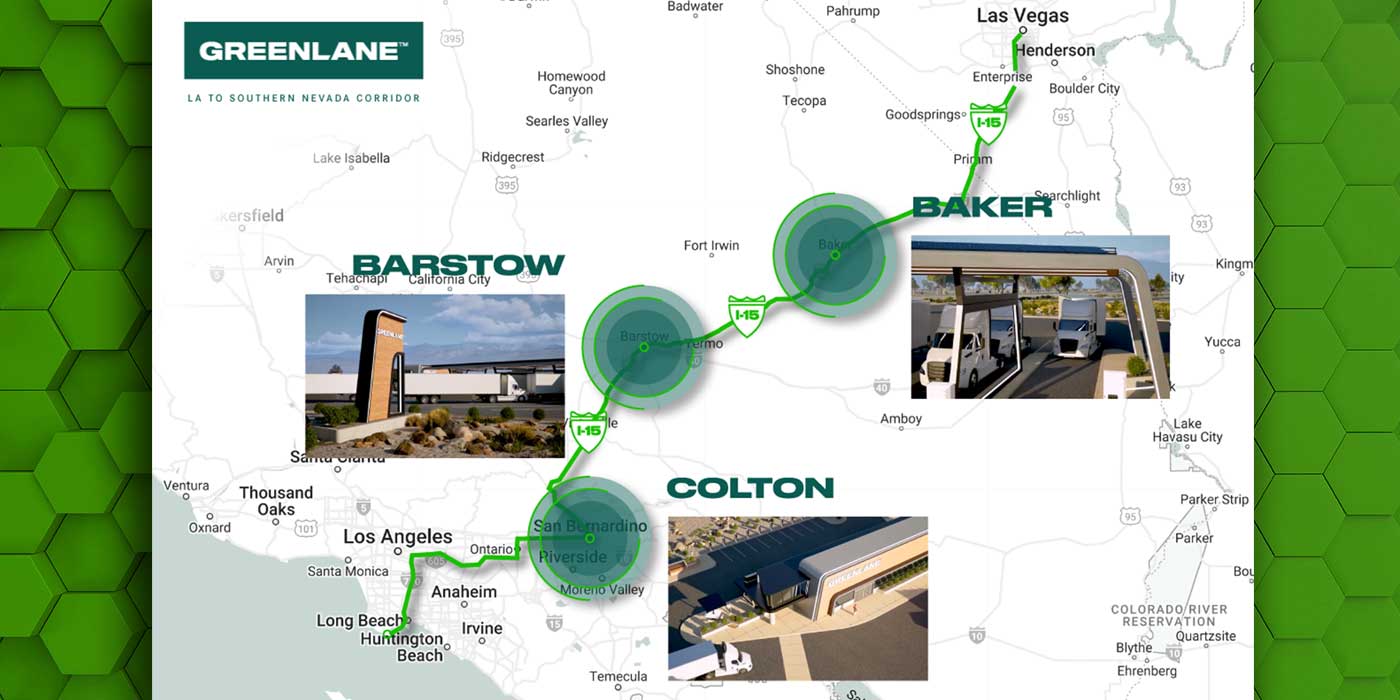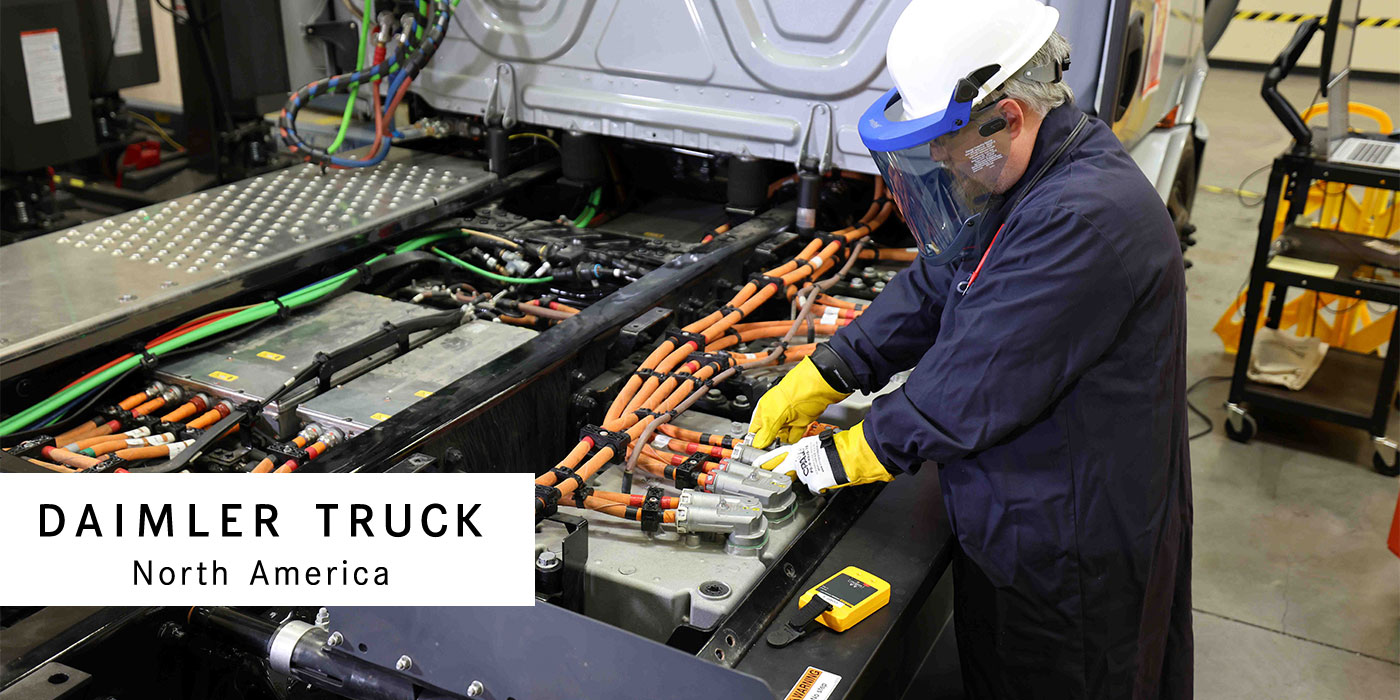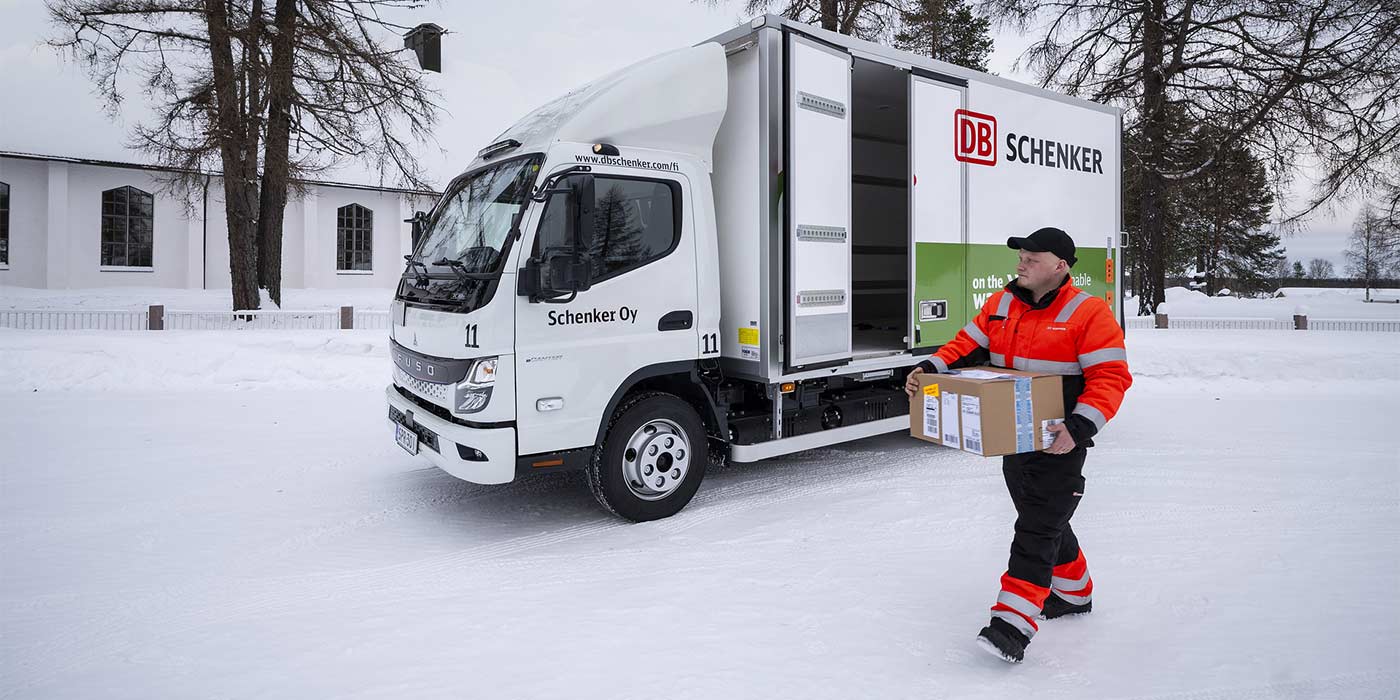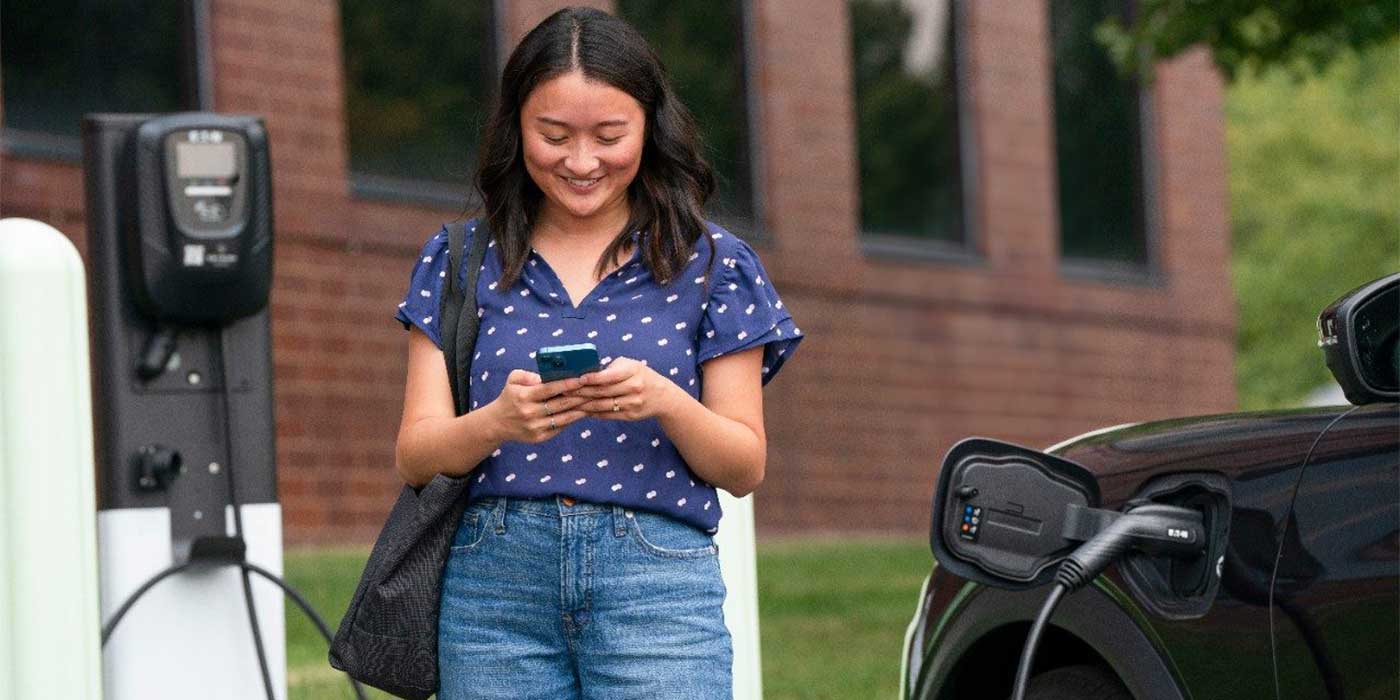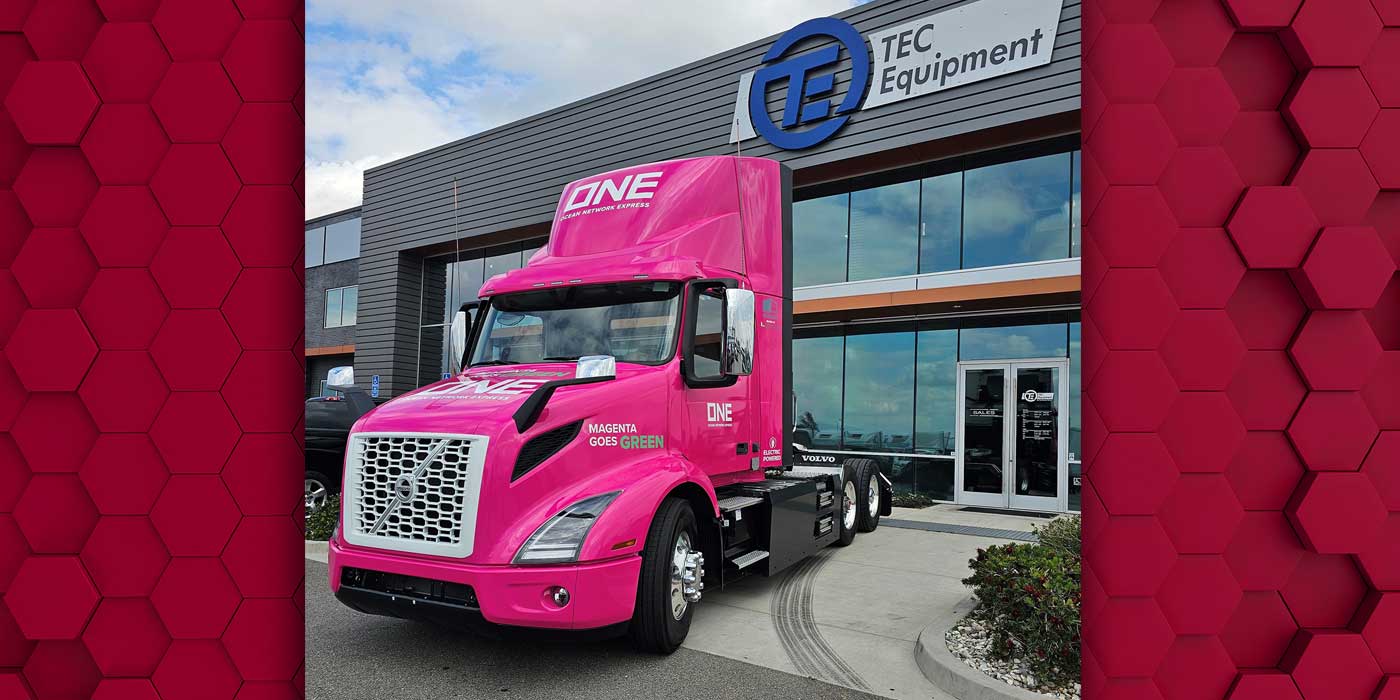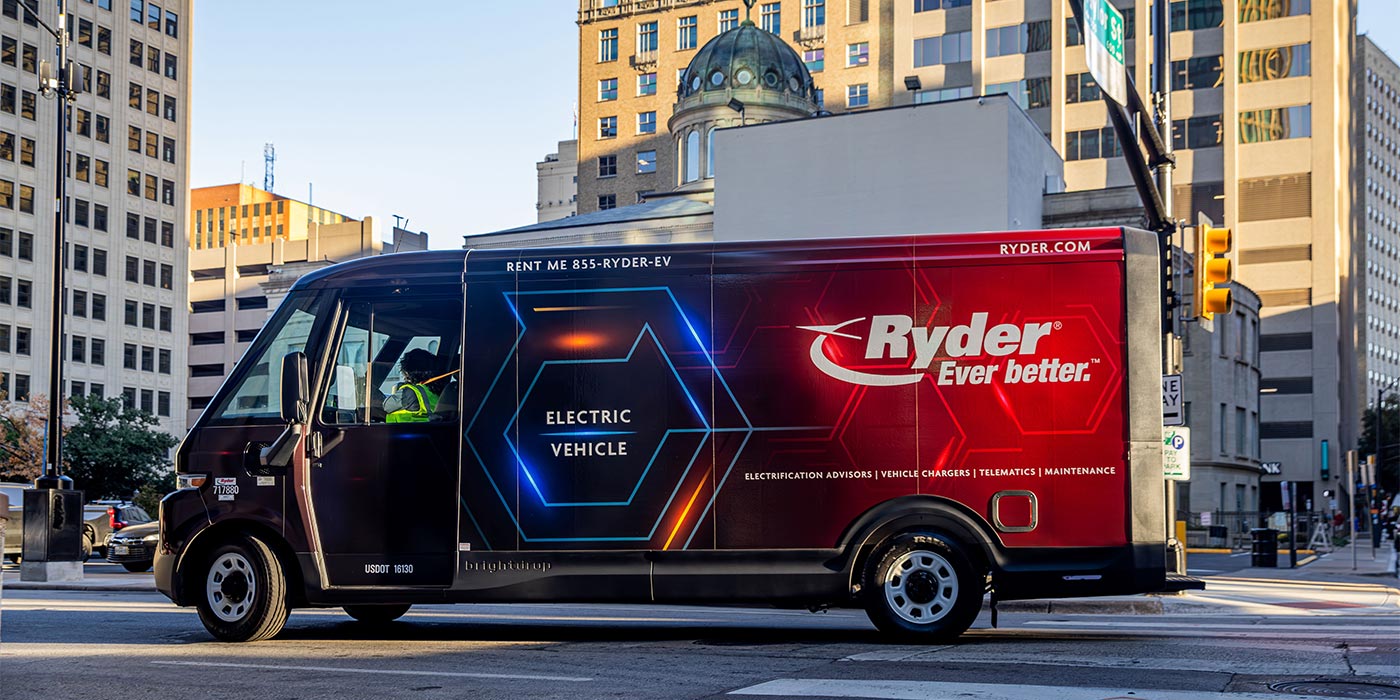In a recent newsletter, the North American Council for Freight Efficiency (NACFE) asked readers to keep an open mind when it comes to the real-world commercial applications of for BEVs. Mike Roeth, executive director of NACFE, alludes to Dickens’ A Tale of Two Cities, explaining that having additional vehicle options drives competition and benefits fleets, but widespread adoption of BEV tech is still hindered by major issues, which present learning opportunities.
One of the biggest concerns for years now has been BEV range and how it’s affected by hauling capacity, including the hefty weight of battery packs. If a so-called “long-haul” truck only has half its effective range when fully loaded, that vehicle is going to struggle to succeed in the commercial space. Performance in these areas will continue to improve, but even if it remained stagnant there are regional-haul and delivery applications (among others) which can benefit from BEVs, especially in densely populated cities where demand for zero-emissions vehicles is often greater.
Another issue crops up during cold winters or sudden Arctic cold snaps brought on by polar vortexes. According to AAA, when it’s below 20° Fahrenheit and the driver is using the heater, BEV range drops 41% on average. additionally, lithium-ion batteries charge more slowly in extreme cold. That uptick in downtime is frustrating for drivers with personal BEVs, but those slowdowns could be detrimental to the bottom line of trucking operations. Roeth believes these issues will eventually be figured out, possibly through insulation packages like those on current diesel and gas trucks expected to operate in extreme cold.
Addressing the chill won’t fix another problem: infrastructure. Even with combined efforts from automotive companies and the U.S. government, building a national a national network of millions of quick chargers is extremely difficult and will likely take the better part of a decade to get into a functional state. To that end, Roeth says “BEVs are not going to work in every application at this point in their development, so let’s stop worrying about the square peg in the round hole.” Roeth adds we should focus on learning as much as possible from current operations where BEVs can be deployed in larger numbers.
“An open mind and realistic expectations about BEVs are what’s needed now,” said Roeth. “BEVs are not the holy grail; however, they are another tool for fleets to leverage to improve their operations.”


